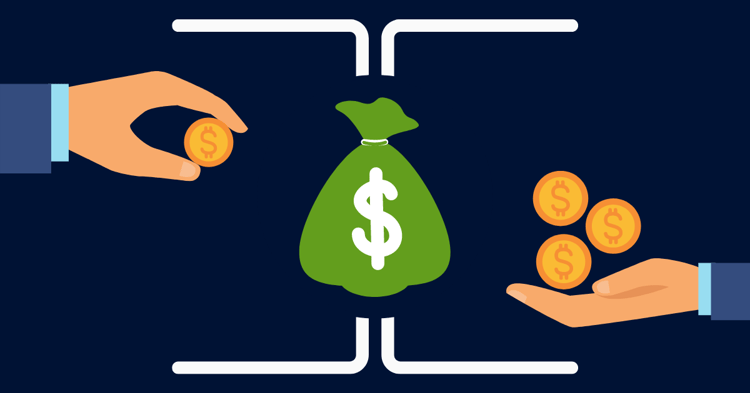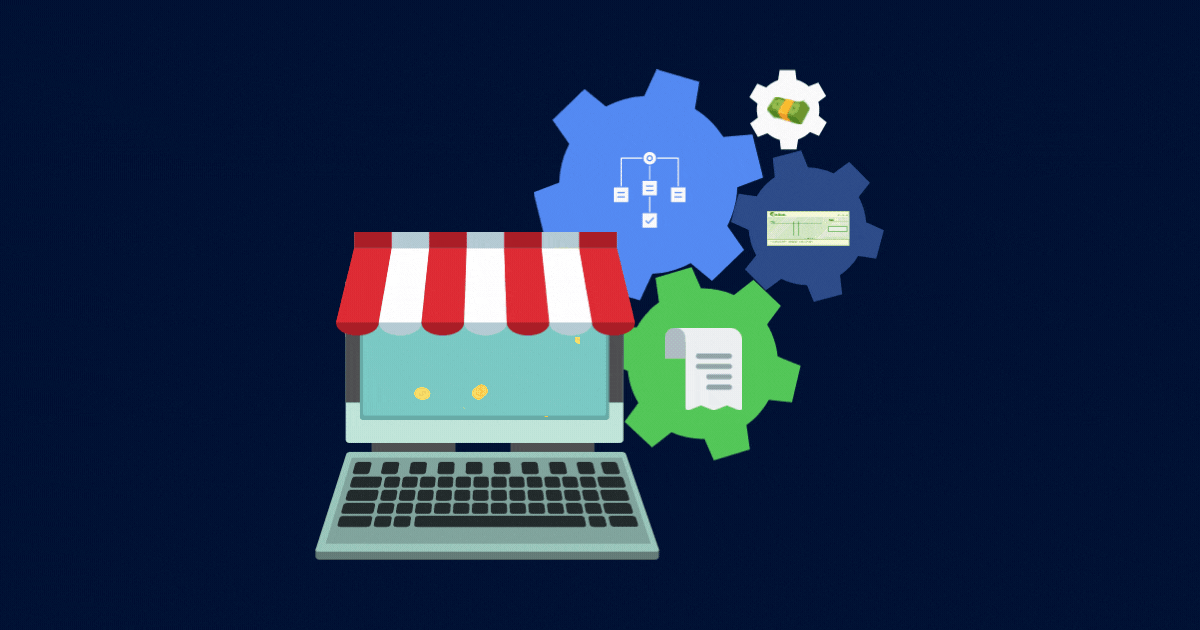
Establishing an effective accounts receivable strategy is a crucial part of day-to-day business operations. Without a viable Accounts Receivable process, it becomes difficult to create a successful business. Despite this, many business owners fail to take a methodical approach to the situation or refuse to alter their current process, and they are worse off for it.
Many business owners don't see the immediate benefits of optimizing their accounts receivable processes. They often view the change as a painful process that is a backend operations issue. What the business owners don't realize is that optimizing the Accounts Receivable process can drastically improve many aspects of their business; from preventing existing capital from going to waste, to better be able to reduce debt and costs, this type of change is a good thing.
Improving and optimizing accounts receivable processes brings many benefits to the table. Below will explain the current issues businesses face and how to optimize or adopt efficient AR processes.
SHORTCUTS
- How do you Process Accounts Receivable?
- What is accounts receivable process cycle?
- What is an accounts receivable process flowchart?
- Where many businesses currently fall short
- How to improve accounts receivable processing
- Best ways to improve your AR process
How do you process accounts receivable?
Accounts receivable are processed by applying the proper discounts, deductions, and allowances. The total amount of the receivable is then reduced by the net amount due to the customer. This results in an accounts payable, or what is owed to the vendor.
What is accounts receivable process cycle?
The accounts receivable process cycle is the time it takes from when a sale is made to when the cash is received. It includes the time it takes to invoice the customer, wait for the customer to pay, and deposit the payment into the company's bank account.
What is an accounts receivable process flowchart?
An accounts receivable process flowchart summarizes the steps involved in the collection of payments from customers for goods or services that have been provided. The flowchart will include information such as who is responsible for each step, when it should be done, and what is expected as the final outcome.
Where many businesses currently fall short
Business owners often push accounts receivable onto the back burner; however, poor AR practices cause a number of issues. From extending credit to unqualified customers to failing to follow up with past-due accounts in a timely manner, poor AR practices suck time, money, and productivity from a business.
Other common AR-related issues are often related to manual functions. This can include improperly allocating cash payments, failing to pay attention to the accuracy of invoices and bills, double paying outstanding invoices, and failure to look back on AR reporting to see where issues lie, and improvements could be made.
How to improve accounts receivable processing
Optimizing accounts receivable processes might seem overwhelming, but by taking a step-by-step approach, small changes will begin to make a huge difference.
1. Establish a Process
If you couldn’t tell from the title of this blog, establishing a process is one of the most important things you can do to optimize your accounts receivable. The process doesn’t have to be something complicated but should at the minimum include setting up procedures for extending credit, generating invoices, and maintaining records of payments due and payments received.
2. Bring New Customers to Electronic Payments
An easy way to improve your billing and invoicing with all customers is by automating as much of it as possible with the help of technology. Especially for new customers, get them used to the process of making payments to you electronically. This way there will be no change management when you decide to switch to this method in the future for all customers.
3. Audit and Upkeep of Customer Data
Customer accounts should be audited on a consistent basis to check for contact information (addresses, email addresses, etc.) and for anomalies like unusual or inappropriate payment terms, credit limits, and discounts. It is also important to ensure that changes to customer data are properly documented, and controls should be put in place to prevent unauthorized people from being able to access or edit data.
4. Analyze Past Accounts Receivable
As optimizations are put into place, it is important to analyze your AR data to ensure changes are moving your business in the right direction, and also to identify further optimizations that could be made.
The simplest analysis that can be done is you accounts receivable-to-sales ratio. Simply divide your AR by business sales to determine the degree to which your business sales have not yet been paid for by customers in a certain time frame. A higher number suggests that your business is having a difficult time collecting payments.
Ways to improve your accounts receivable process
You don’t have to adopt everything at once, but the best practices below are a good starting point to optimizing your AR process.
1. Eliminate Obstacles to Receiving Payments
Make it as easy as possible for customers to pay invoices on time. Again, consider technology to help you do this. Many AR software available have the ability to set up recurring receivables, Pre-Authorized Debit agreements and other features to make receiving money from customers simple.
2. Automate Operations
With the help of technology you can automate many accounts receivables processes. The more than you can remove the human element, the more accurate and reliable the entire process will be. This will help to eliminate manual errors and allow employees to spend their time on tasks that will move the business forward.
3. Bill Electronically
Start billing customers electronically. The fewer invoices your business has to mail and paper checks that have to be processed, the easier and more accurate your entire AR process will be.
Reconstructing and optimizing AR is about taking proactive measures to automate and boost efficiencies. It includes putting a little work in up front but pays off massively in the long run. Why not start today with a free 30-day trial of Plooto, a cloud-based technology that allows businesses to streamline their AR process and enable electronic payments from customers.
CHAPTERS
00 The Complete Guide to Improving Your Business with Accounts Receivable
01 Accounts Receivables and Assets Explained
02 Accounts Receivable vs. Accounts Payable: What's the Difference?
03 What Is the Accounts Receivable Process?
04 Setting Up an AR Process; Get Paid Faster & Increase Cash Flow
05 Make it Simple to Receive Payments from Your Customers












